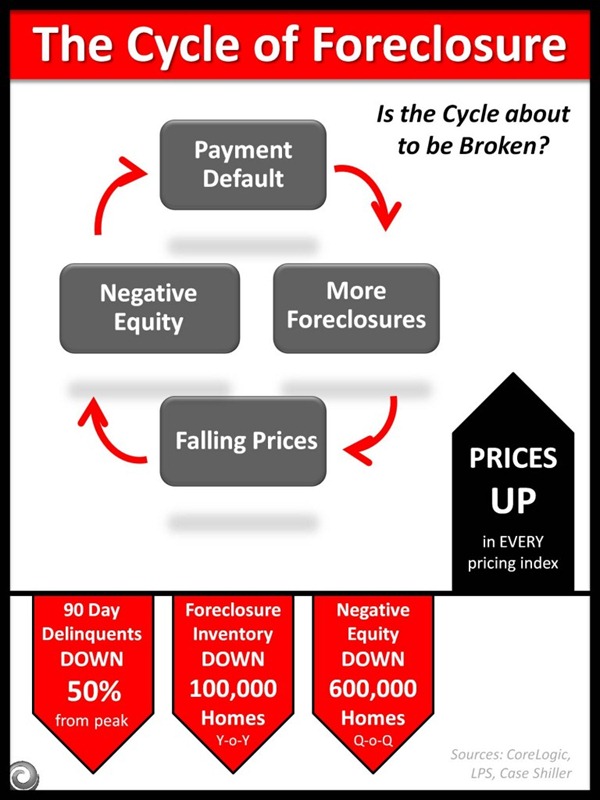 As foreclosure backlogs have decreased, so have many of the big discounts on home prices. The slowdown in foreclosures is partially behind the recent rise in home prices, some economists say.
As foreclosure backlogs have decreased, so have many of the big discounts on home prices. The slowdown in foreclosures is partially behind the recent rise in home prices, some economists say.
“Deeply discounted existing homes have been subject to strong demand from cash buyers and investors looking to lock into housing’s attractive income returns,” says Paul Diggle, a housing economist at Capital Economics. “The supply of such homes, meanwhile, has been dwindling. That has bid up existing house prices, particularly at the lower end of the price spectrum."
The median price of existing homes nationwide was 9.5 higher in August compared to a year ago, and new home prices were up 17 percent in that same time period.
Distressed properties typically sell for big discounts. For example, in 2007 during a nationwide foreclosure surge, foreclosures tended to sell for about a third of the median price of the home. The housing markets with some of the largest price falls tended to have the highest number of distressed home sales.
Lately, foreclosures have been posting big drops. Last month, new foreclosure filings reached a five-year low, according to RealtyTrac, a real estate research firm that tracks foreclosure housing data.
“There is a shortage of inventory — as crazy as it sounds to say that,” says Daren Blomquist, a RealtyTrac spokesman. “In a lot of market there’s less inventory of foreclosed properties than there is demand. You’re hearing about multiple bids for these properties.”
Source: “Foreclosure Slowdown Pushing Home Prices Higher,” NBC News




